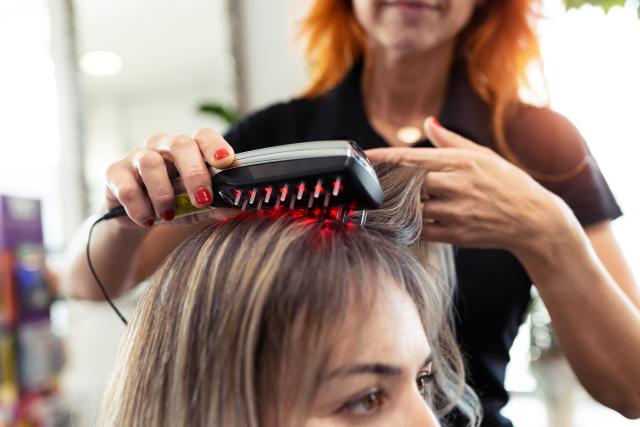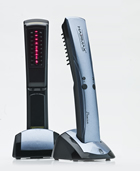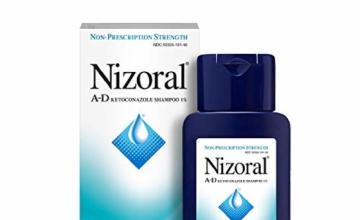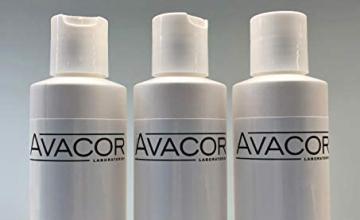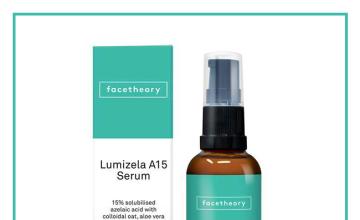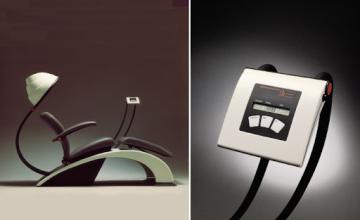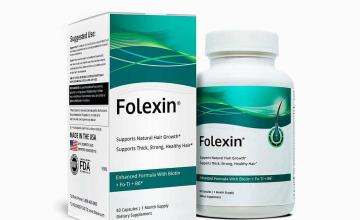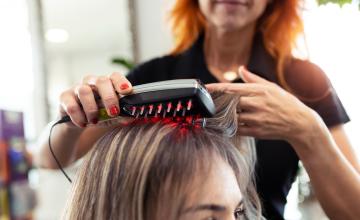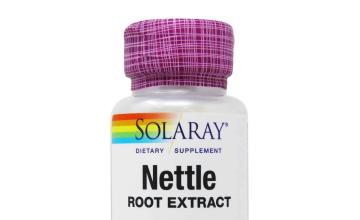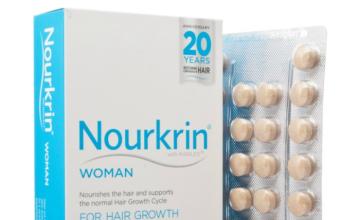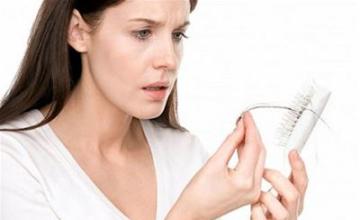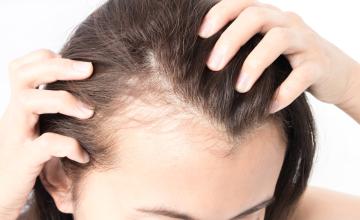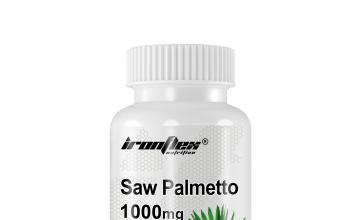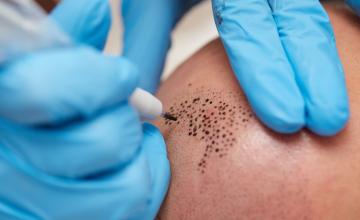Is it Effective in Stopping Hair Loss?
Use of low level laser therapy (LLLT) devices for treating hair loss has been heavily debated for some time by reputable hair restoration physicians and patients on our hair loss forum. While some physicians reject its use entirely, others use laser hair treatment as a regular part of their practice. Additionally, some physicians believe that laser light therapy can assist with postoperative healing after hair transplant surgery.
History of Laser Light Therapy
Shortly after the first working laser was invented in 1964, a researcher from Semmelweis University of Budapest named Andre Mester developed a theory that exposure to cold laser light (similar to UV radiation emitted by the sun) may eventually lead to cancer. To test his theory, Mester shaved a group of mice and trapped some of them in a cage with constant cold laser light exposure leaving the other half unexposed as a control group. To his surprise, the light didn’t cause cancer in any of his animal subjects. Instead, mice that were exposed to the laser light therapy grew back their shaved fur much faster than the control group. Mester named his discovery photo-biostimulation. His theory was that somehow, the laser light had stimulated the hair cells into an accelerated state of hair growth.
Laser Therapy as a Hair Loss Treatment
Today, low level laser therapy is being used as a hair loss treatment. To treat baldness with laser light therapy, laser rays are directly applied to the scalp by a mechanical device so that red blood cells are stimulated. Lasers are said to work by converting ATP (Adenosine Triphosphate) to ADP (Adenosine Diphosphate), releasing energy and causing cellular metabolic changes. During this process, additional nutrients and oxygen are provided to the scalp assisting the normal chemical processes performed by those cells, increasing overall blood circulation. Lasers, when applied to the scalp and hair, have been said to improve overall hair quality, promote hair growth, and increase hair shaft diameter.
Laser treatment devices have a similar appearance to a hood hair dryer which is placed over top of your head. The low level laser toll will rotate allowing laser rays, usually red in color, to be discharged into your scalp. Hand held devices such as the Hairmax comb have also been developed and resemble a brush in appearance.
Promoting healthy hair growth however, is not the same as the regrowth of miniaturized hairs brought on by genetic female hair loss or male pattern baldness (MPB). So what clinical evidence exists, if any, that laser therapy is an effective treatment? Below we take a closer look at the available data including exclusive interviews of leading hair restoration physicians.
Varying Opinions of Well Respected Physicians
Physicians have long shared varying views on whether or not laser treatment is viable. While some well respected physicians reject its use entirely, some believe that LLLT can provide marginal benefit for men and women suffering from androgenic alopecia (genetic baldness). Additionally, some physicians believe that laser hair treatment can assist a hair transplant patient’s postoperative wound healing process and expedite hair growth.
Dr. Charles (one of our well respected members of the Coalition of Independent Hair Restoration Physicians) believes it may provide similar hair loss prevention benefit to Rogaine in the mid vertex area and crown. Benefits in the frontal area include an increase in overall hair quality rather than hair loss prevention.
Dr. Charles believes LLLT works better when combined with Propecia (finasteride) and Rogaine (minoxidil). Like Propecia and Rogaine, he believes low level laser therapy may help some patients more than others and works better in patients with only minimal thinning hair.
Dr. Charles believes in helping balding men and women develop and maintain realistic expectations and he doesn’t oversell its benefits. Because lasers are free from side effects, he always tells his patients that the biggest risk is the money. Dr. Charles believes more research on laser hair treatment is needed.;
Dr. Williams of the Coalition has been using laser hair treatment as a regular part of his practice for over 2 years and feels quite confident in its success in some patients. In his experience, LLLT promotes healthy hair growth and can increase hair shaft diameter of miniaturized hair affected by genetic female hair loss and male pattern baldness in some patients.
Dr. Williams offers 16 free laser therapy sessions to local males following hair transplant procedures and encourages his female transplant patients to undergo laser light therapy for one full year at a highly discounted rate. Dr. Williams usually notices faster transplanted hair regrowth and a quicker resolution of postoperative telogen effluvium or “shock loss”, if it occurs.
Because androgenic alopecia is a progressive condition, Dr. Williams encourages male patients to use Propecia while encouraging out of town females to use the Hairmax laser comb to help maintain their existing hair. Dr. Williams would like to see more formal studies defining the benefits of lasers as a hair loss treatment, but he is encouraged by his experience with it to date.
Dr. Alan Feller (also a member of the Coalition) is one doctor who remains skeptical. "Medical lasers work in only one way, and that is to deliver energy to a target. When it strikes the target the energy is absorbed and converted to heat. That's it". Dr. Feller believes that more compelling evidence is needed to promote low level laser therapy (LLLT) as a hair regrowth solution or to stop hair loss.
Recent Scientific Studies
study presented at the last International Society of Hair Restoration Surgery (ISHRS) meeting in Las Vegas (2007) by Maria A Muricy, MD, confirms increase in hair shaft diameter, fullness, and overall quality with laser hair treatment alone. Additionally, some statistically significant evidence reveals that low level laser therapy when combined with 5% minoxidil (the active ingredient in FDA approved Rogaine) provided noticeable cosmetic benefits for women in particular. However, this study also showed that laser hair loss treatment alone produced no statistically significant new hair growth in both men and women.
Laser Hair Therapy and FDA Approval
Another important issue to consider is the significance and meaning of the FDA clearance (not approval) of the Hairmax laser comb. Though some have proposed the Hairmax laser comb was only approved for safety, apparently the FDA did require Lexington International (who funded the study) to provide it with a study on its efficacy (effectiveness) in treating baldness. But this study and its results have not been released to the public since Lexington International had the option of submitting the study to the FDA privately. The obvious question then is – why would Lexington hide their study from the public if it proved the efficacy of laser hair regrowth?
While the Hairmax laser comb device was found by the FDA to be safe based on its “substantial equivalence” to previously approved laser light therapy devices and thus “cleared” (not “approved”), it was unclear to what extend the FDA reviewed or cleared it based on its effectiveness in treating hair loss. To learn more about the FDA standards for “approving” food and drugs and for “clearing” medical devices visit www.fda.gov
It appears that much of the laser hair treatment industry is now promoting their devices as “FDA Approved for Hair Loss” as if they are on par with the two only FDA approved hair loss solutions Propecia (finasteride) and Rogaine (minoxidil). However, until laser hair treatment provides compelling public evidence of its effectiveness in treating hair loss, it is quite possible that the effectiveness of low level laser therapy may be oversold by some companies. We expect that time will tell.
